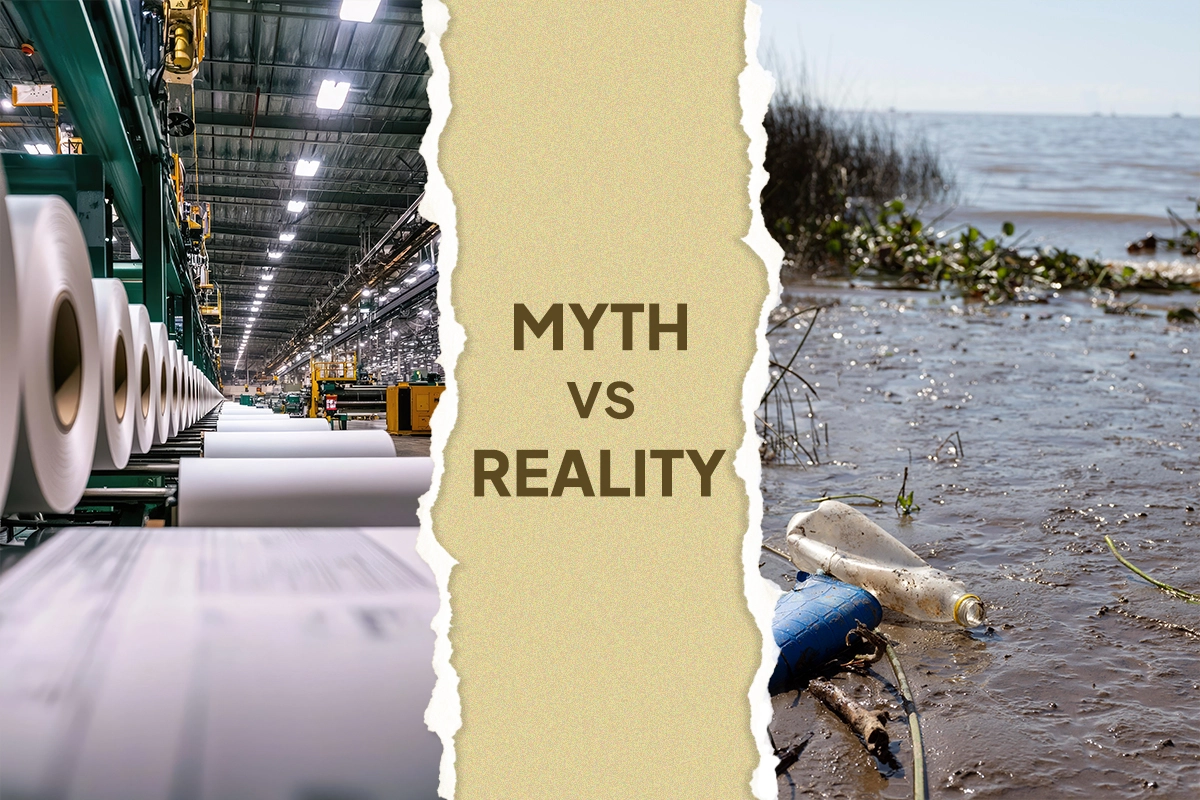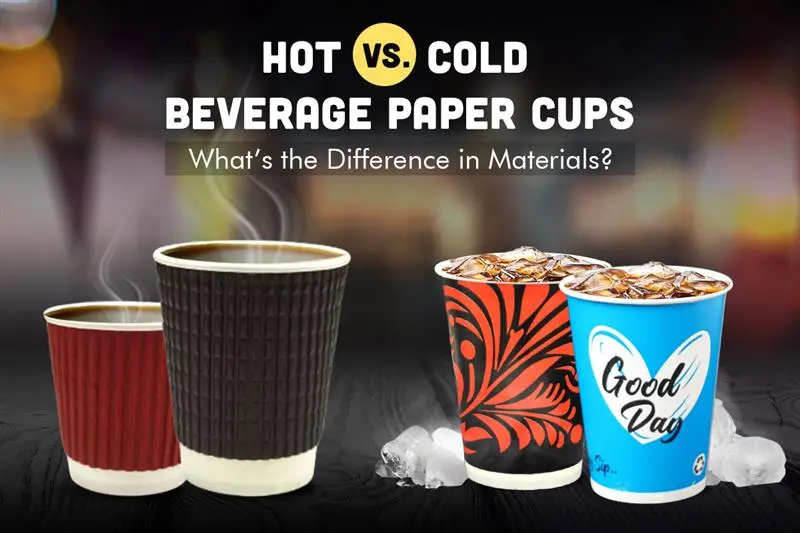Does the paper production sector greatly contribute to water waste, or are these worries exaggerated?
In a time when environmental issues are taking center stage, the paper industry is frequently involved in discussions about resource use and sustainability. The first issue at hand pertains to the connection between paper production and water waste, which is currently a major issue due to deforestation and its environmental impacts. However, a closer look at current paper production practices reveals that the hype surrounding excessive water consumption has faded. In this blog post, we will shed light on the myths and realities of the paper industry in terms of water consumption and its impact on the environment.
The Evolution of Paper Making
Over the last few decades, the process of papermaking has changed significantly. Paper manufacturing, once considered a water-intensive recovery process, has significantly improved its water conservation. Such a turnaround is not merely a matter of business ethics, as it involves the changing of technologies and the desire to adopt more environmentally friendly practices.
Integrated paper mills nowadays use much less water. For instance, in India, the mills that used to use 200 cubic meters of water in producing a ton of paper have now reduced that figure to 50 cubic meters. They are also actively working to decrease it further to 40 cubic meters. This achievement indicates a 75% reduction in water use, which challenges the common perception of excessive water use in industry.
Closed-Loop Systems and Water Efficiency
An important advancement that enhances water efficiency in paper production is utilizing closed-loop water systems. These systems enable mills to recycle and reuse water multiple times during the production process, which greatly minimizes the need for freshwater intake. An illustration of this can be seen in mills that produce duplex and triplex coated boards, which have implemented these systems to emphasize how technology can promote sustainability in manufacturing.
Furthermore, paper factories do not simply use up and discard the water they use. In Europe, paper factories restore nearly 90 percent of the water to its source after appropriate treatment. Given that paper mills use water as their resources, this high return figure calls into question the approach of considering them.
Raw Materials and Recycling
Contrary to popular assumption, the raw materials of paper do not always include every element. It is true that trees are the primary source of fibre for the paper manufacturing process; however, this has made industry rethink its raw materials. Paper manufacturing processes absorb and utilize the reconstituted and manufactured wastepaper, which again helps to limit the consumption of freshly sourced fibers and ensures a maximum waste hierarchy.
It is possible to conserve natural raw materials and contribute to water conservation by processing used paper for printing. Typically, recycled paper needs less water to process compared to virgin fibre, which further lowers the total water usage of the industry. This transition to a more circular economy in paper production supports wider sustainability objectives and marks an important advancement in minimizing the environmental impact of paper manufacturing.
Water Treatment and Effluent Quality
An important element of water use in paper production is the treatment of wastewater. The industry has achieved major advancements in enhancing the quality of water that is returned to natural ecosystems. Since 1991, there has been a remarkable 95% reduction in the levels of AOX (a metric for chlorine compound toxicity) and a 79% decrease in COD (Chemical Oxygen Demand) within paper mill wastewater. Improvements in the quality of wastewater treated show the commitment of the entire industry in minimizing, or rather restoring, the environment further than simple water-saving measures.
Advanced techniques of water treatment, like the use of filters, tanks for sedimentation, floating devices, and biological treatment, make sure that water released into the natural environment meets or even exceeds the set standards. Such a focus on the quality of water, in addition to its quantity, provides valuable insights into the industry’s practice of integrated water resources management.
The Role of Forests in Water Conservation
It is essential to analyze the broader ecological context of paper manufacturing, especially the role of forests in regulating water. Water security is guaranteed thanks to the adoption of sustainable forestry, which is often embraced by paper manufacturers. Approximately 75% of the freshwater available is obtained from forested watersheds, alongside the provision of water to more than 85% of the greatest cities in the world.
The paper sector indirectly impacts global water-saving measures by promoting accountable forest management. Such a relationship between paper production and management of paper sources belittles the simplistic explanation of production of paper only as an extractive industry and highlights its possible roles in ecology.
Innovations Supporting Sustainability
Most of the major players in the paper sector are continually putting their resources into new technologies that help address the factors of water and energy utilization. For instance, Edicon Paper Mill is at the forefront of adopting water-efficient technologies, which goes on to prove that economic success and environmental responsibility can go hand in hand.
These advancements are not limited to water conservation; they also promote energy efficiency. Integrated paper mills in India, for instance, can produce more than 60% of the energy they need by reusing the black liquor generated during the pulping process. This method not only lessens the carbon footprint of the industry but also demonstrates how waste materials can be converted into valuable assets.
Challenges and Future Directions
The paper industry has made notable advancements in water conservation and efficiency; however, challenges still exist. The increasing global demand for paper products exerts pressure on water resources, especially in areas that are already experiencing water stress. What’s more, the industry must persist in its efforts to innovate to further diminish its environmental footprint and comply with increasingly strict regulatory requirements. Future directions for the industry may encompass:
- Continued advancement of water-efficient technologies
- Growth of recycling capabilities to lessen dependence on virgin fiber
- Investing in renewable energy sources to fuel production processes
- Investigating alternative fiber sources that demand less water for processing
Final Thought
By gaining a deeper understanding of the details involved in paper production and its connection to water resources, we can go beyond oversimplified views and recognize the complex reality of contemporary paper manufacturing. This insight enables us to make better-knowledgeable choices and back initiatives that genuinely promote environmental sustainability within the paper industry.




